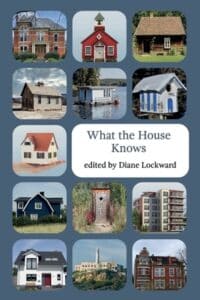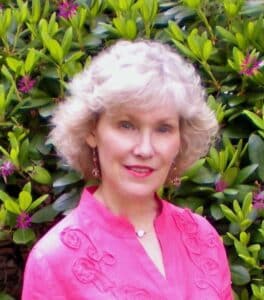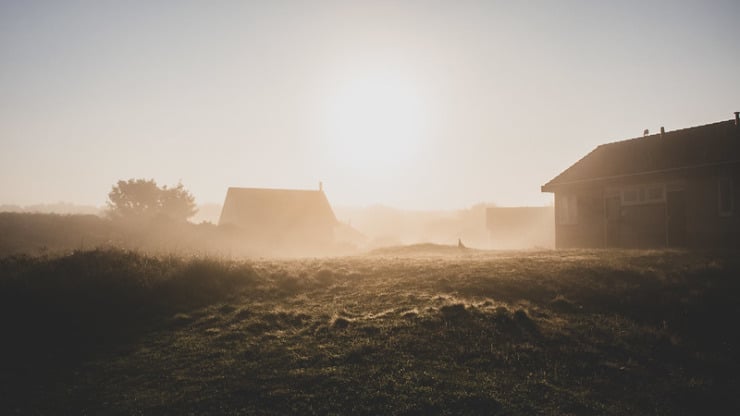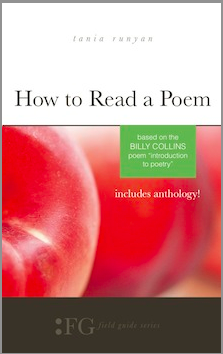
Diane Lockward discovers that houses have stories to tell
Next year, we will have lived in our house 40 years. We raised our two sons here. Every room (and the basement) has stories to tell.
But we’re newbies compared to our parents. My mother lived in the house in New Orleans I was raised in for 57 years. My mother-in-law has lived in her house in Shreveport for a mind-boggling 77 years.
Houses provide shelter and family community. They can be a refuge. They can oppress. They are workplaces. They require ongoing care and attention. Houses can inspire our hopes and haunt our dreams.
As Diane Lockward has discovered, houses have often served as the subjects for poets. And she’s edited an anthology, What the House Knows, that shows exactly that.
Lockward is herself a poet. She’s also written four books on the writing craft. She knows her stuff. This anthology on the poetry of houses, arranged alphabetically by poets’ last names, includes works by such well-known poets as Billy Collins and Ted Kooser; poets like Marjorie Maddox familiar to Tweetspeak Poetry readers; and others you may never have read.
Some 117 poems tell stories about houses both expected and unexpected. Some houses are constructed of cedar, some are abandoned, some served as schools, many need renovation, some are foster homes, and all require housekeeping.
As you read the poems, what becomes most striking is the sheer diversity of the experiences we’ve had in them and the feelings that houses evoke in us. They can be places of love and joy, and they can be places of hurt and pain. They can offer protection, and they can offer violence.
Most significantly, if the poems collectively have one thematic connection, it’s that the houses we inhabit reflect ourselves and the families that surrounded us. And sometimes we’re surrounded by more than our own family.
We Were Our Father’s Second Family
By Sally Bliumis-Dunn

where pictures must have hung,
we slept in their old rooms.
And outside the old homestead,
a black cast-iron hitching post
though we owned no horses; round white
millstones like giant moons held down
in the overgrown meadow.
Father’s past in our present—
sometimes we’d sense it poking through
the gravelly chop of his voice—
the tall grass in the fields
bending toward it, the shadows
beneath the blades.
The anthology also includes short biographies on each of the contributing poets and a list of credits where the poems were previously published.

Diane Lockward
Lockward’s own poetry collections include The Uneaten Carrots of Atonement, Temptation by Water, What Feeds Us (which won the 2006 Quention Howard Poetry Prize), and Eve’s Red Dress. Her writing books include The Strategic Poet: Honing the Craft, The Practicing Poet: Writing Beyond the Basics, and The Crafty Poet I and II: A Portable Workshop. In addition to numerous anthologies, her poems have been published in a wide variety of literary journals and magazines, including Southern Poetry Review, Harvard Review, Prairie Schooner, Beloit Poetry Journal, and many others. In 2015, she founded Terrapin Books and serves as both editor and publisher. She lives in New Jersey.
As Lockward says in her introduction, her call for submissions to the anthology resulted in some 1,169 works, which she edited to 117. She hoped for a diversity of forms and poems that “pierced the heart,” and the poets delivered. You’ll find that the poems of What the House Knows will pierce your heart as well.
Photo by Paul van de Velde, Creative Commons, via Flickr. Post by Glynn Young.
How to Read a Poem uses images like the mouse, the hive, the switch (from the Billy Collins poem)—to guide readers into new ways of understanding poems. Anthology included.
“I require all our incoming poetry students—in the MFA I direct—to buy and read this book.”
—Jeanetta Calhoun Mish
- Poet Sidney Lanier and the Lost Cause - October 2, 2025
- Poets and Poems: A.J. Thibault and “We Lack a Word” - September 30, 2025
- Poets and Poems: Catherine Strisik and “Goat, Goddess, Moon” - September 25, 2025


Leave a Reply